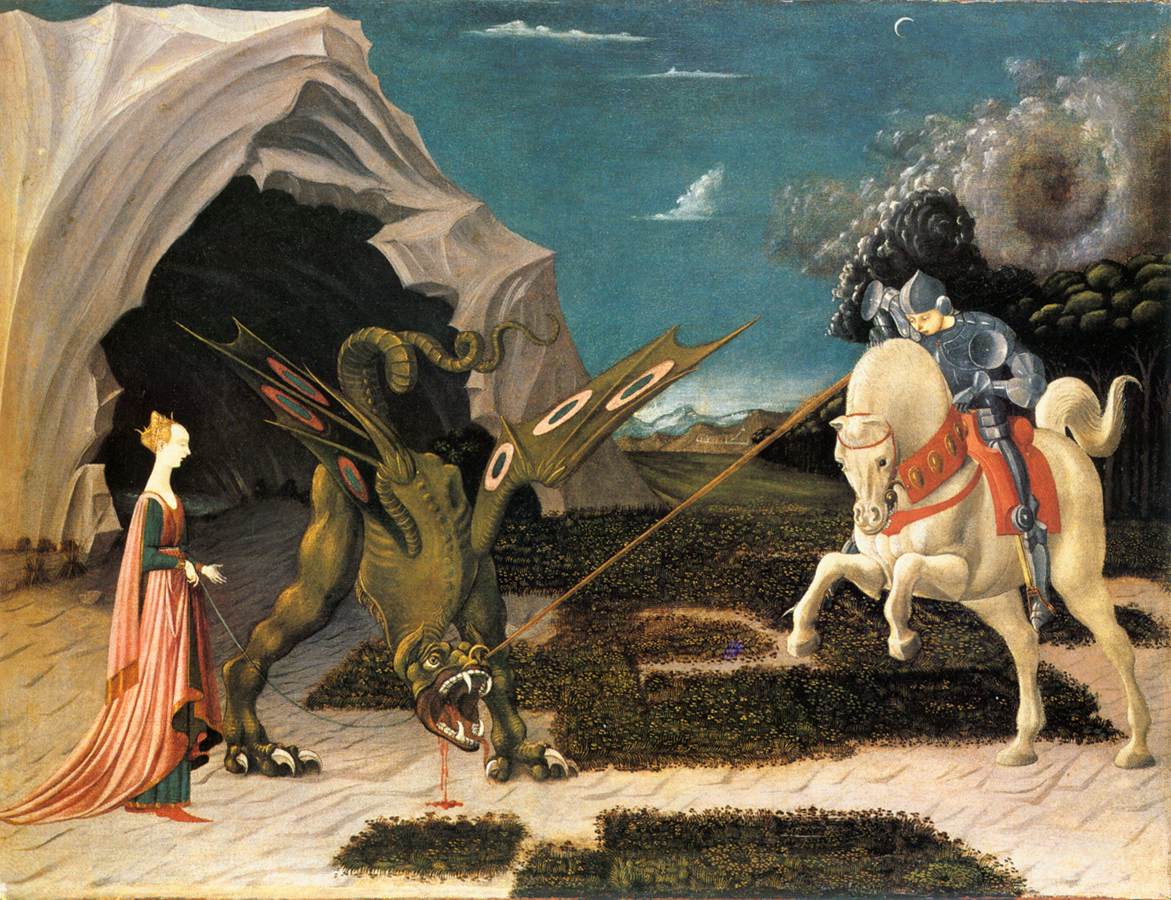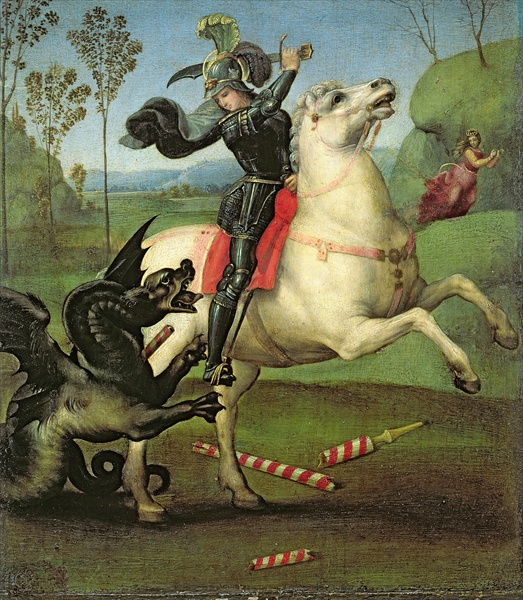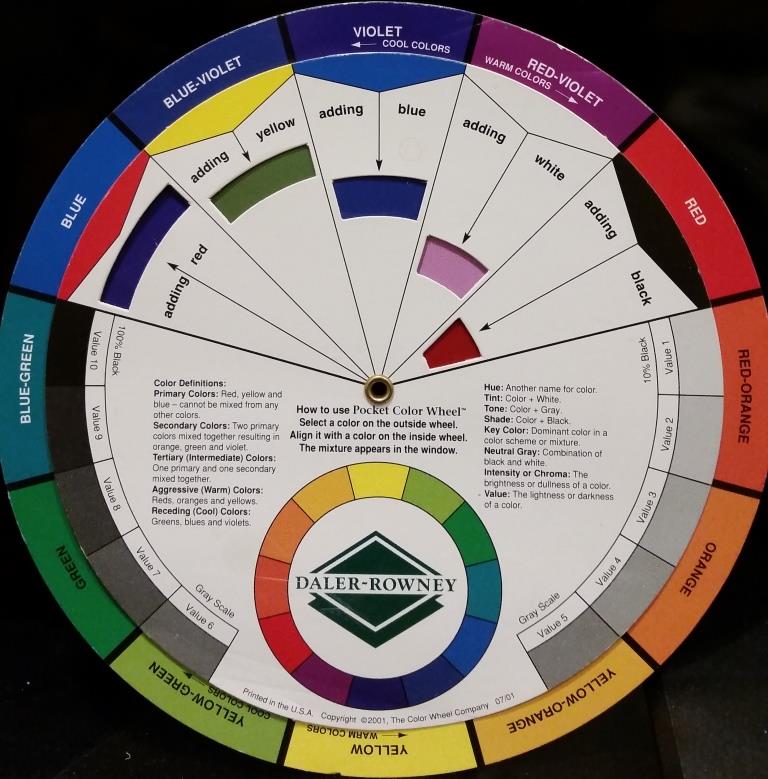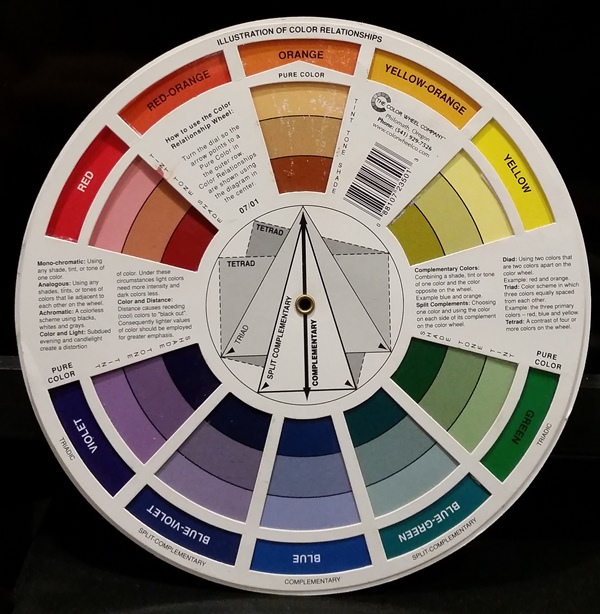A Playdate with Color
CLASS 1
A Playdate with Color
Art Theory— Color Theory and Archetypes
You can learn of Color theory in the short video below and scroll down to read my musings of Archetypes and a bit about Shadow.
ARCHETYPES
We humans love stories. Stories we were told or read or saw, and stories we invented ourselves. They make up much of our life and how we see the world. The stories are sort of the colored glasses we wear. They form our self-understanding and influence our reactions. There is a difference between our perceived reality and actual reality. Actual reality is here defined as the chair you sit on, the table you eat by, etc. Perceived reality is our agreed upon reality such as borders, countries, customs, moral codes, religious practices, fashion, etc. As far as we know, humans are the only species influenced by perceived reality.
“Reality is not what it seems to be, nor is it otherwise”- Tibetan Buddhist teaching.
Part of what our stories are made of can be called: archetypes. An archetype can be defined as a universal symbol. Studying and extracting symbols in legends and stories from around the world Carl Jung eventually started Depth Psychology describing among other things Archetypes. Jung said these archetypes are symbols that are immediately understood universally and, claimed Jung, they are found in Humankind’s “collective unconscious”. These would include the Archetypes of the Father and the Mother, for simple biological reasons. Many of us talk of “Father Sky” and “Mother Earth”. Other archetypes are the wise old man or wise old crone (the idea that older people know more as they have simply been here longer), the heroine/hero, the child and the trickster. Think of fairy tales or folk songs- they are ripe with archetype references. There are variations from culture to culture but archetypes are used to play on our understanding and emotions both in today’s advertising and in our storytelling- our movies, books, and games.
And speaking of Western culture: Modern day shamans such as Sandra Ingerman and John Perkins talk of travelling to the rain forest and asking the elders of indigenous tribes what they themselves could do to help the indigenous people and their culture survive. The answer they both independently received was to go home and change the dream of their own people: the people of Western culture. This, the elders knew, would be the only thing that could effectively change the future of the planet. Let us all dream a dream, a story that is healthy and in tune with the Earth.
You and I may not ever (or we may) create paintings that everyone will recognize, nor ones that change the story for the entire Western world. But we can be part of a positive ripple effect. It just might be us who tip the scale of energy that ultimately lead to the positive changes we wish to see for our world and our future. And by creating art we also help spread a ripple effect of JOY and FUN!
We all put our pieces of the puzzle, our stories together in different ways. We all are born into a given culture, country,and family and belief system. But we all have our own talents, gifts, and we all will create our interpretations of these stories. I sort of see these strings nestled in our psyche, strings of archetypal stories from around the world. And as artists we get to play with these strings. Artists, who are often quite emphatic, have done this throughout the ages.
Here’s an example of two artists telling the same legend, using the same three archetypes:
St. George and the Dragon.
Characters present: The maiden, the dragon representing the shadow side, and the hero.
Raphael, St. George and the Dragon, ca. 1504, Oil on wood, 12”x 11”. Top image above.
Paulo Ucelli Paolo Uccello, St. George and the Dragon, 1470. Oil on canvas, appr. 29”x 23”. Second image above.
Raphael’s focus is on St. George first and foremost- frozen front and center in the act of bravely slaying and suppressing the Shadow side represented in the dragon. The maiden is reduced to a tiny figure in the background, fleeing the scene in terror. This version of the legend can be seen as an expression of a patriarchal society with a strongly male dominated side, and can also be seen as a representation of how Raphael’s own psychology was put together: The Shadow, the fear of the dark and unknown is to be conquered and suppressed, and the ‘female side’, the emotions, sent packing.
Uccello tells a story of a maiden who is so powerful that she can effortlessly hold a fierce dragon on a thin leash. Notice how she is placed in the left side of the picture plane, traditionally the feminine, receiving side, whereas St. George on the masculine active right side has to use brute force against the beast. Looking at her she is ‘the picture of cool’. Uccello created a mind-teaser from the legend of the dragon, the knight and the damsel. Here the girl is the main interest point of the painting! By placing her white profile in sharp contrast to the dark cave we really see her calm, collected expression- our eyes go down to her dainty hands and tiny feet, helped there by the contrasts of color and value; and then we notice the tiny leash she has around the dragon’s neck! What is this girl’s secret super-power? Today we might say that clearly, this girl is at peace with her shadow side, the beast, and living with the magical and intuitive in quiet co-existence. But George, the male, the conscious awareness on the right, is struggling in his protective armor to slay the dragon, the Shadow.
So, these are two several-centuries-old interpretations involving the same archetypes and the same legend but utilizing two different perspectives. Today we have volumes of psychology books and self-help books aiming at changing people’s stories and perspective in order to improve their well-being. Centuries ago, artists gave people images to change their perspective and challenge Status Quo.
I am sure most of us have had and still will have several changes of perspective as we all work on “perfecting with age” and I welcome you to change our perspective with your art and your images..
Color Theory
You do not NEED to know color theory and honestly color will be your best teacher as you paint. However, I do share some short cuts that will help as you mix colors on your pallet or on your canvas.
Instagram Prompt
Take a photograph illustrating one or more archetypes and post it with hash tag #Archetypes #Paintingonheartsideofbrain

Copyright @2016 Susanne Andersen Szippl


